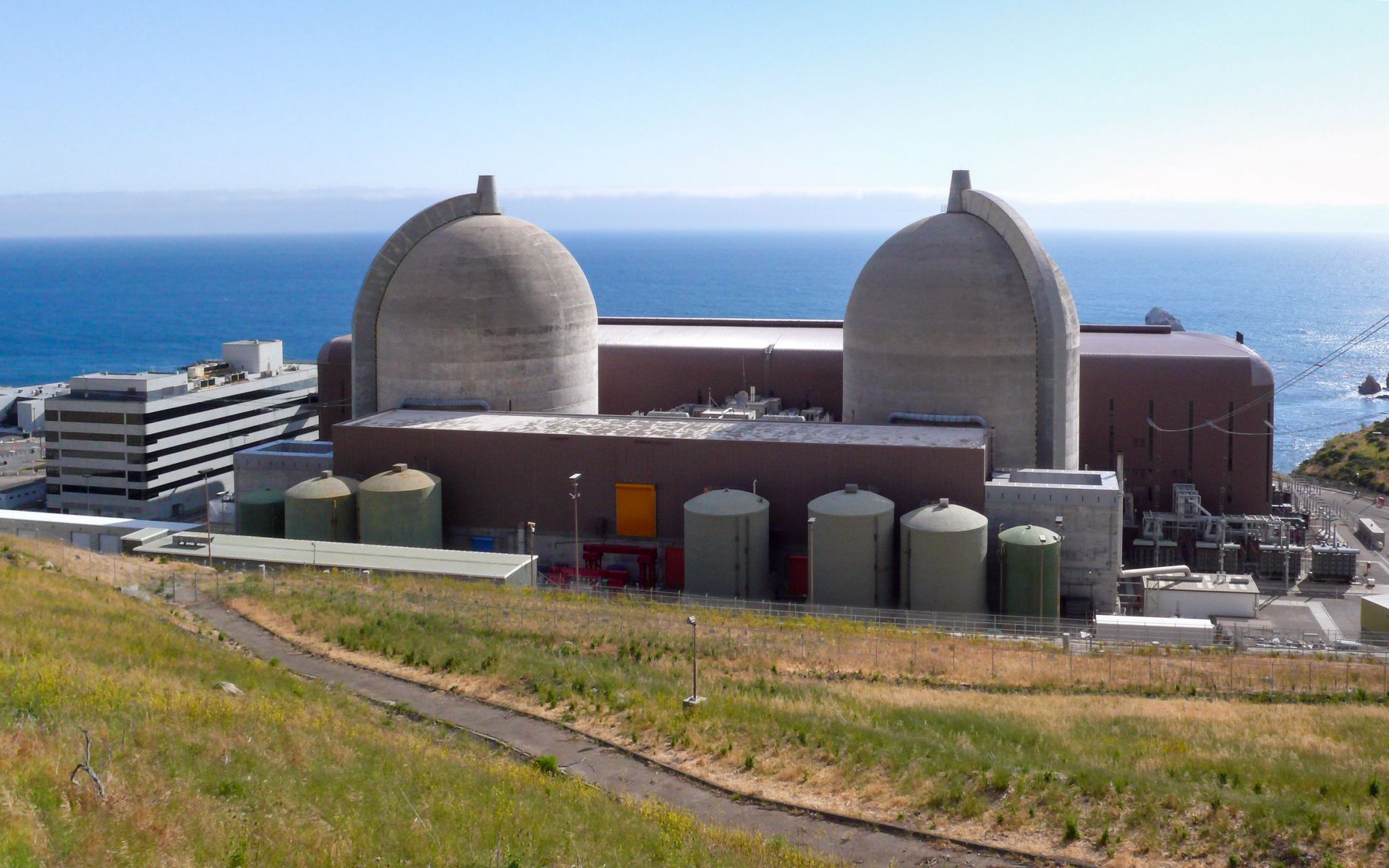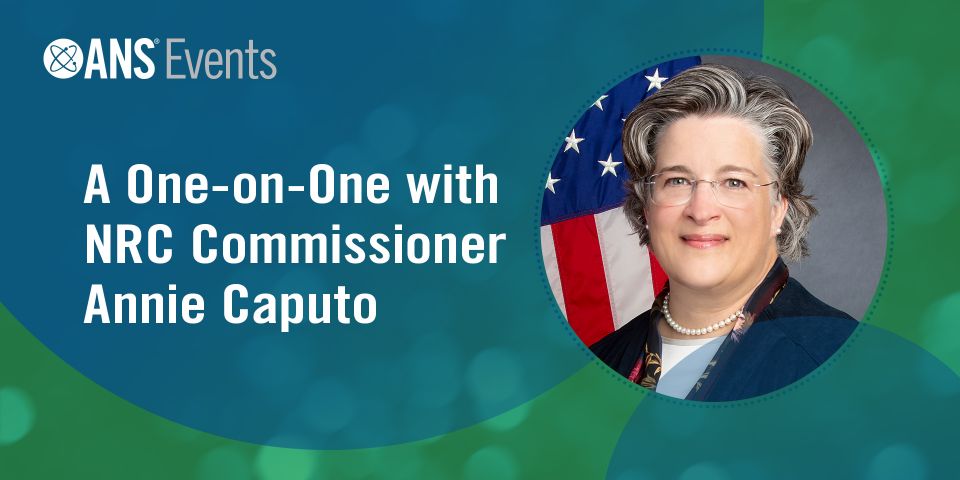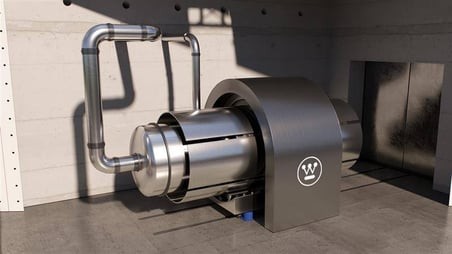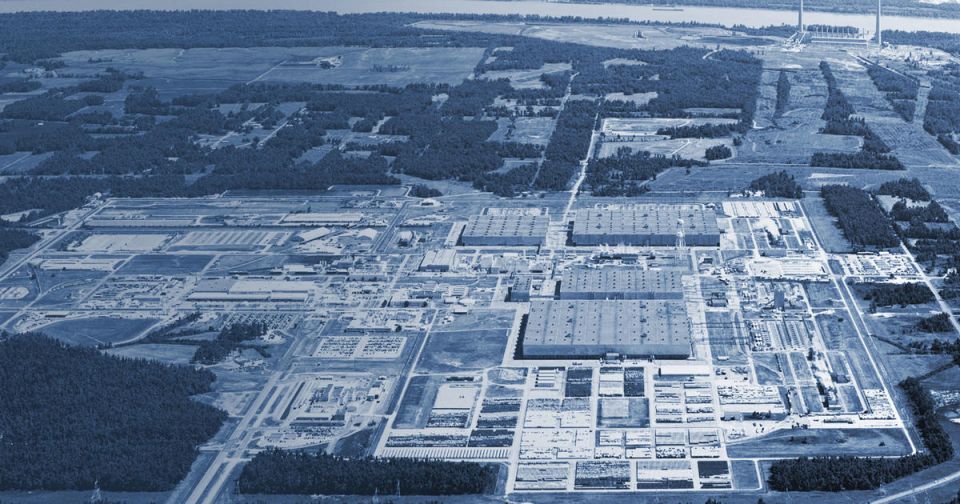In March, three climate groups—Mothers for Peace, Environmental Working Group, and Friends of the Earth—filed a motion asking for the immediate closure of Diablo Canyon based on it posing an “unacceptable safety risk.” The groups claim the NRC has ignored risks to the public and the environment.
History: Diablo Canyon’s operator Pacific Gas & Electric applied for a license extension in 2009 but then announced plans in 2016 to shutter the facility at the end of its current operating license. However, nuclear energy and environmental advocates issued a strong call for continued operations at the 2,200-MWe plant, especially as California’s energy grid saw its highest ever peak electricity demand during a 2022 record-breaking heat wave.
Diablo Canyon generates about 17 percent of California’s zero-carbon energy and about 9 percent of the state’s total electricity. It is California’s largest generating unit and its last nuclear plant. Critics of the plant have long warned of its proximity to fault lines as well as its age. Diablo Canyon’s two units came on line in 1985 and 1987, respectively.
Nevertheless, the California Public Utilities Commission granted a five-year license extension this past December, which allows PG&E to operate the Unit 1 reactor until October 31, 2029, and the Unit 2 reactor until October 31, 2030, while the NRC considers a 20-year license extension for Diablo Canyon. The state also loaned PG&E $1.4 billion to pay for upgrades.
The state commission’s vote was compelled by Senate Bill 846, signed by Gov. Gavin Newsom in September 2022, to address concerns over the availability of enough clean energy to replace the plant. Subsequently, the NRC concluded that an exemption was merited and no new additional environmental review under the National Environmental Policy Act (NEPA) was needed.
This week: In its findings, “The panel held that the NRC’s decision to grant the exemption was not arbitrary, capricious, or contrary to law. Nor did the NRC act arbitrarily or capriciously in invoking the NEPA categorical exclusion when issuing the exemption decision,” the court ruling reads.
The ruling further states that the agency “adequately explained why California’s changing energy needs constitute a special circumstance, and why the record supported its findings of no undue risk to the public health and safety.”
What’s next: The three nonprofits who filed suit against the NRC said following the ruling this week that they would consider asking for an en banc review—a special decision where all judges of a particular court hear a case—of the present decision.
The groups cite an analysis done by Peter Bird, a professor emeritus of geophysics and geology at the University of California–Los Angeles, who said that over the course of a 20-year extension—if approved for Diablo Canyon—the site would have a 2.8 percent higher chance of a severe accident.
“[The] decision is a disappointing one,” said Hallie Templeton, legal director for Friends of the Earth. “We filed our lawsuit because [the] NRC was playing fast and loose with decisions that could quite literally lead to a nuclear meltdown. We will keep fighting to ensure that all involved officials properly and thoroughly apply pertinent laws to Diablo’s attempted extension.”








